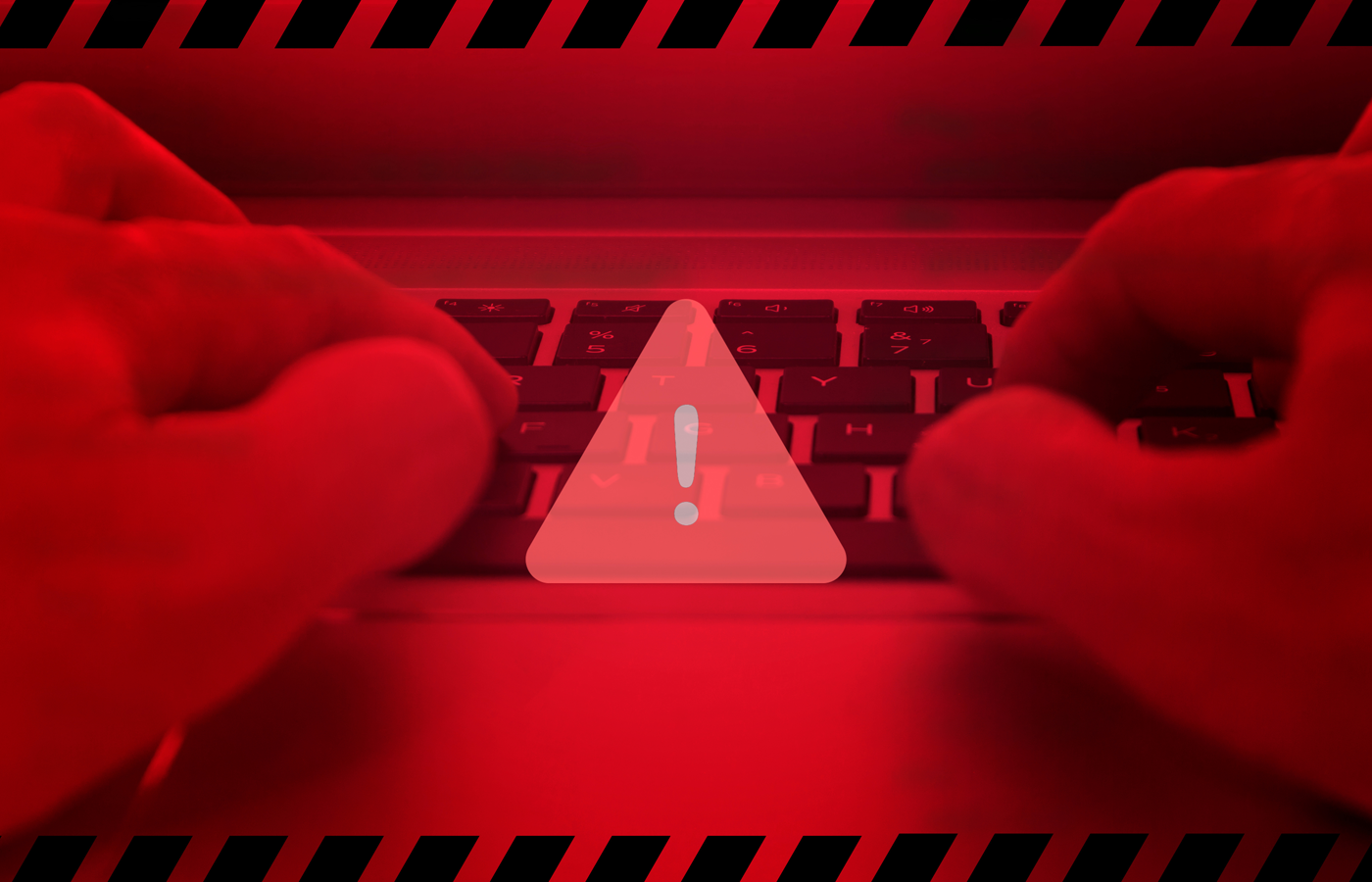The era of employees bringing their own devices into corporate environments created the need for advanced technology platforms to help control all types of devices. Bring Your Own Device, often shortened to BYOD, opens up organizations to new risks and creates a need for a new type of device control.
What is MDM?
Mobile Device Management, or MDM, is a class of technology platform that is used to help organizations manage and control mobile devices used to access business resources.
A core element of an MDM platform is network access control (NAC) and pre-admission control. MDM technologies often include the capability to check devices that want access to the network to first verify that the device has not been compromised or jailbroken. MDM technologies can also be used to selectively enable or disable native device capabilities.
Other features that can sometime be attributed to MDM platform are remote Virtual Private Network (VPN) capabilities, enabling users to securely connect to corporate resources. Additionally, remote lock and wipe capabilities may also be part of an MDM platform.
MDM vs EMM
The term “MDM” was initially just about hardware management, which led some vendors in the market to use the term Mobile Application Management (MAM). The early promise of MAM platforms was to provide capabilities that were not in MDM, namely the application piece, providing curated app stores for corporate use as well as data management policies.
As a term and industry classification, MAM was quickly supplanted by the more expansive term Enterprise Mobility Management (EMM), which includes attributes of both MDM and MAM platform technologies.
EMM is an all-encompassing approach to securing and enabling employee use of mobile devices. EMM typically involves some combination of mobile device management (MDM), mobile application management (MAM), and mobile information management.
MDM solutions
While EMM has largely supplanted MDM as an industry term, many mobile management solutions still use the term MDM to define themselves even though they do more than just manage hardware.
Apple IOS: Apple, for example, still uses the term MDM to define options for enterprise mobility management.
Google Android: Google also continues to use the term MDM for its enterprise mobility management capabilities. Google now provides MDM and EMM capabilities via its Mobile Management service capability that is part of the G-Suite services platform.
For more information on EMM, visit our EMM page.








